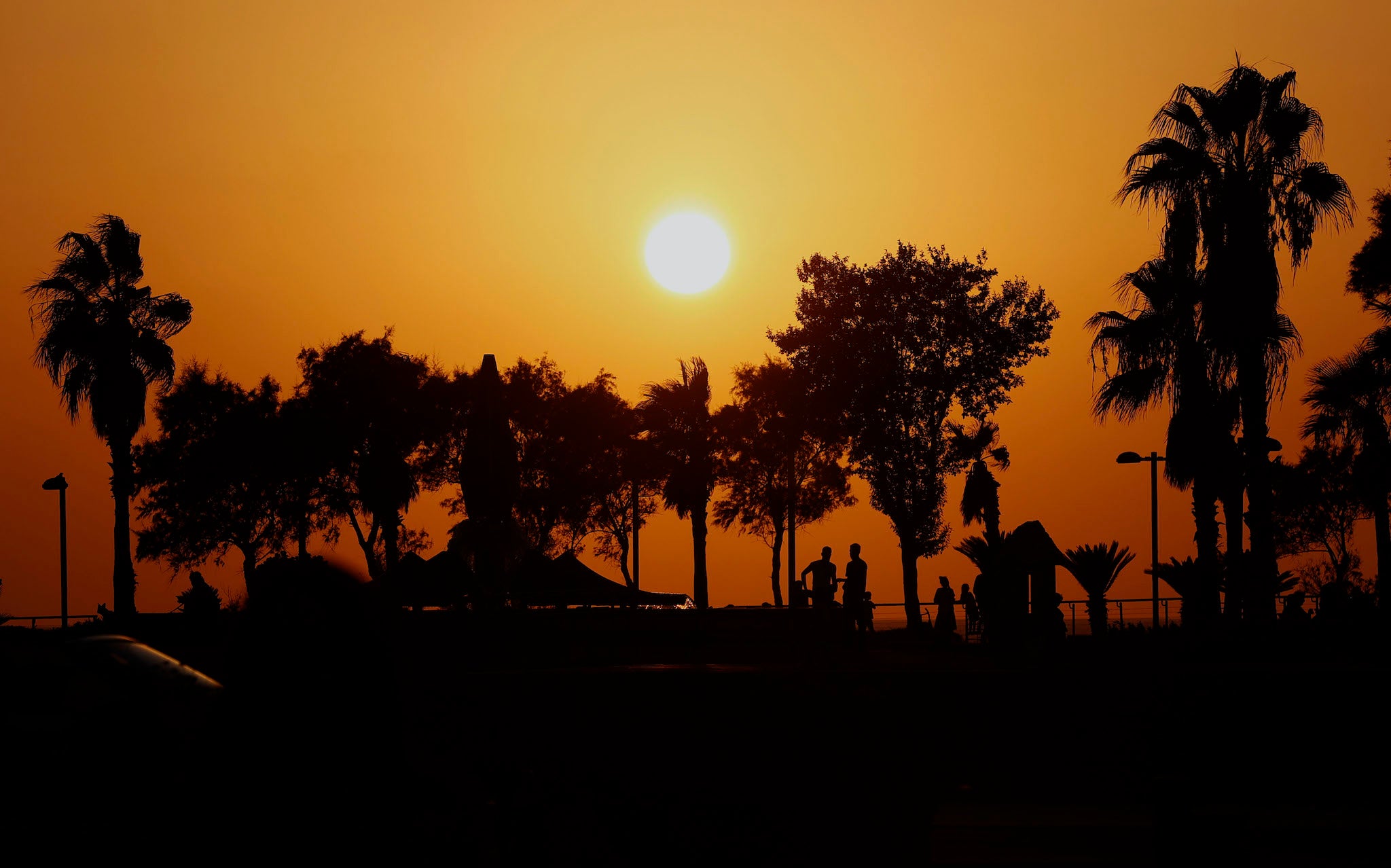NASA said the sun has entered a new “solar cycle”.
Officially called “Solar Cycle 25,” it indicates that there will be an increase in space weather that could have impacts on technology on Earth as well as astronauts in space.
Experts said the results will be key to ensuring that the world is prepared to deal with the various problems and complications that could come as a result of this change in space weather.
The sun’s activity continues on a cycle of about 11 years, as the star regularly moves from calm to active and back to calm. These periods of activity are known as solar weather, and while their changes have been observed for hundreds of years, many of their processes and effects remain largely ambiguous.
Changes in solar weather could have wide-ranging impacts: Astronauts who are not protected by the Earth’s magnetic field can be exposed to dangerous amounts of radiation, and it can also cause major problems for wireless technologies on Earth. As such, experts suggested that the start of the new cycle should be an opportunity to lay out plans for the expected changes in the coming years.
“There is no bad weather, just bad preparations,” said Jake Bleacher, chief scientist at NASA’s Exploration and Human Operations Mission at the agency’s headquarters. “Space weather is what it is – our job is to prepare.”
NASA said the solar minimum, which marks the end of the previous cycle, actually occurred in December 2019. But the sun’s diversity means that confirmed knowledge could take months.
As the sun heads into its new cycle, it can trigger dramatic events on the surface – giant explosions such as solar flares or a coronal mass ejection. And NASA indicated that these people can transmit “light, energy and solar materials” into space.
“We keep a detailed record of the few small sunspots that mark the beginning and emergence of a new cycle,” said Frederick Clitt, Director of the Global Data Center for Sunspot Index and Long-Range Sunspots. Sunspots.
“These are the little heralds of giant solar fireworks in the future. We can only determine the turning point between two cycles by tracking the general trend over several months.”
Scientists expect this activity to rise until July 2025, when the sun reaches its next expected maximum.
They indicated that this session is expected to be similar to the previous one, which was below average. But the researchers said this did not mean there were no risks.
“Just because it is a below-average solar cycle, it doesn’t mean there is no risk of severe space weather,” said Doug Bisker, a solar physicist at the Center for Space Weather Prediction of the National Oceanic and Atmospheric Administration (NOAA). Our daily life is real and there. “

Communicator. Reader. Hipster-friendly introvert. General zombie specialist. Tv trailblazer

